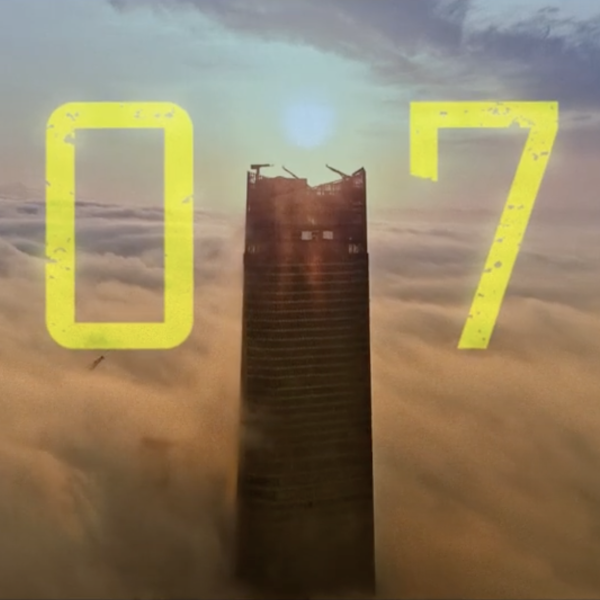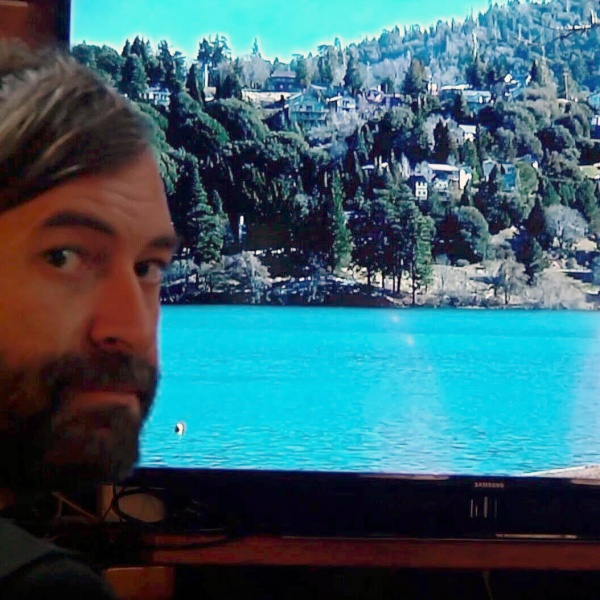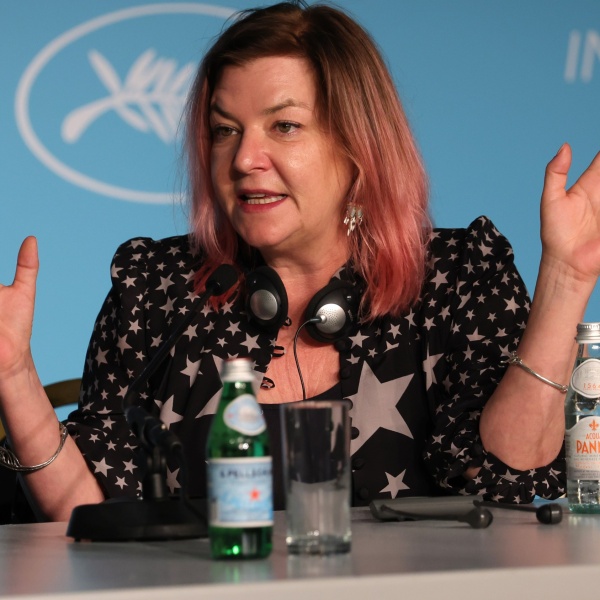One of the most daunting challenges of “Wonka” was coming up with the design of the fantastical chocolate shop at the centerpiece of Paul King’s origin story. In a way, it’s a forerunner of the famous chocolate factory with echoes of the chocolate room, boat, and chocolate river, which King channels from both the 1964 Roald Dahl novel (“Charlie and the Chocolate Factory”) and the 1971 film starring Gene Wilder (“Willy Wonka & the Chocolate Factory”).
However, it’s the invention of a crucial childhood memory that propels the journey of inventor, magician, and chocolatier Willy (Timothée Chalamet), who arrives in Europe to establish his chocolate shop at the Galeries Gourmet, only to run up against a ruthless chocolate cartel. But through a combination of creative ingenuity, heroic teamwork, and the most magical chocolate ever imagined, Willy manages to open his shop — at least temporarily.
“I love the idea that what Willy is doing is driven by a desire to recapture the lost taste of childhood,” King told IndieWire. “Which is why he carries his [late] mother’s chocolate bar around with him. And then when he makes the shop, he’s recreated his childhood home in chocolate.”

And that childhood home that Willy fondly remembers with his mom (Sally Hawkins) is like an enchanted garden with a weeping willow tree and a canal boat on the river. This motif becomes the centerpiece of the shop with a rotating giant cherry blossom tree in the middle of the set. “I love the idea of the cherry tree that echoes the cherry tree that they sail under in the flashback,” King added. “And that he’s on the barge just like his mother And you feel this sense of he’s there and he’s rebuilt it, but she’s still missing. And that felt to me a really lovely kind of bittersweet motivation for building this because I never really see Willy Wonka as mercantile. There’s something more primal going on.”
For British production designer Nathan Crowley (a six-time Oscar nominee with Christopher Nolan, including “Interstellar”), who grew up with the Dahl books, his task was coming up with a whimsical design that wasn’t too crazy. The town itself was an evocation of a timeless, best-of-Europe magical realism, and the chocolate shop was a personal reflection of Willy’s enchanted memory (on a set at Warner Bros. Studios, Leavesden).
“We went and filmed young Wonka on the canal boat with his mother in Mapledurham off the Thames,” Crowley told IndieWire. “We found a canal boat and big weeping willows and little islands. We tried to make this at the height of spring with that color and light. Then we needed to translate that into edible sweets and chocolate in a sort of romantic way. The garden is perfect stuff for me because I know we have a dance number and I love moving sets.

“So he walks up, and he looks like he’s standing still just going up,” Crowley continued. “It’s cut differently in the film, but that’s the concept. We couldn’t make it weeping willow because that looks too sad, so we made it cherry blossom. We did this rotating sculpted tree and a big turntable, and then we need the river and we need the canal boat, but the river has to be theatrical, so we get another rotating giant ring and put a riverboat and the blue waves on it, and rotate it in the opposite direction, which was great fun. It’s a musical.”
“It was a funny old set to design because it took us a while to hone in on this notion of spinning,” added King. “It’s going in different directions and then it felt like wheels within wheels because there’s a sort of theatricality to what he’s doing in this movie, and I like that showman side to [Willy].”







